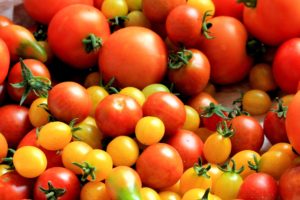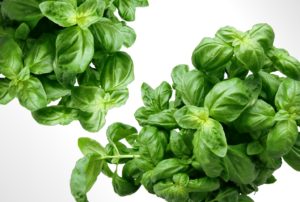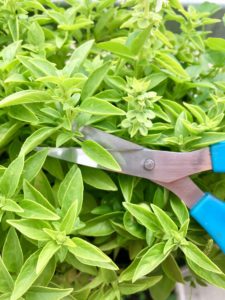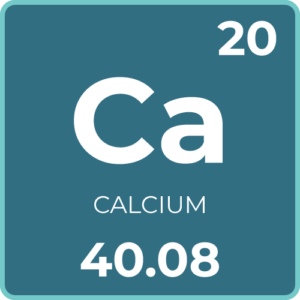Molybdenum, for plants, plays some important roles within enzymes and nutrient cycles. However, it doesn’t work alone. Molybdenum’s most important roles are actually as a team player in forming enzymes. While these might seem like small things, they’re incredibly important for plants to regulate elements in their system.
Molybdenum naturally occurs much less than other elements plants need. Luckily, plants don’t need much of it, and different species all need different amounts of it.
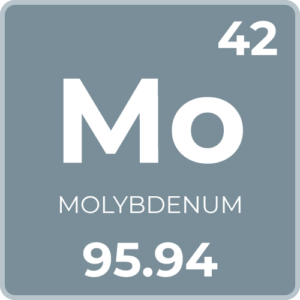
What Molybdenum Does for Plants
In general, molybdenum works with specific enzymes that ultimately carry out the redox reactions for elements like nitrogen. For example, when nitrogen enters the plant as nitrate, these enzymes that use molybdenum convert it to nitrite, and then to ammonia. Ultimately, the end product (ammonia) functions to synthesize amino acids, which are the building blocks of proteins.
Main roles of molybdenum:
- Crucial to nitrogenase and nitrate reductase (2 enzymes that reduce and fix nitrogen)
- Part of enzymes which ultimately create ammonia to synthesize amino acids
- Works in oxygen, sulfur, nitrogen cycles
- Required by enzymes: nitrate reductase, xanthine dehydrogenase, aldehyde oxidase and sulfite oxidase
These might seem like small roles, but remember that these enzymes are at the core of plants’ processes, and lives. In fact, some of the smallest things can make the biggest differences.
Molybdenum Deficiency and Excess
For a long time, molybdenum deficiency went largely unnoticed. Only recently has molybdenum deficiency become more of a discussion in the agricultural community. It’s not surprising, as molybdenum tends to be less abundant, and plants have deficiencies of it less than other elements. Add to that the wide variety of different molybdenum requirements from species to species, and finding a true molybdenum deficiency can be tricky.
Signs of Molybdenum deficiency:
- Scorched leaves
- Chlorosis (yellowing on leaves)
- Pale green leaves
- Inability to flower
- Leaf drop
- Deformed leaves (in some plant species only)
As difficult as it might be to find molybdenum deficiency, it’s just as hard, if not more so, to come upon an excess of it.
Signs of Molybdenum deficiency:
- Symptoms depend largely on plant species
- Yellowing leaves
- Purple color on leaves
- Stems take a deep blue or violet color
How Plants Get Molybdenum
As you might assume, plants naturally get molybdenum from the soil. However, even particularly high levels of the element are rare, and still considered low by other elements’ standards. Alkaline soils often show higher levels, while more acidic soils typically have less molybdenum available to plants.
In alkaline environments, molybdenum pairs more easily with oxygen to create an anion (MoO⁻₄). This combination makes it easier for plants to take in the element through their roots, which increases the availability of the nutrient. Because it needs this pairing to be usable, it decreases in acidic environments where other oxides increase.
